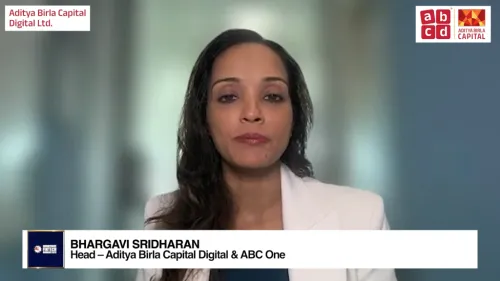
Why Indian banks are seen to absorb loan losses
S&P also said earnings are likely to moderate but remain above long-term averages.
S&P Global Ratings said stronger corporate balance sheets and solid earnings will help Indian banks absorb potential loan losses.
Specifically, these banks are well-positioned to handle global uncertainty, tariffs, rate cuts, and a weaker rupee, according to S&P Global Ratings’ latest report, India Banks: Primed for Growth.
It expects new non-performing loan (NPL) formation in corporate lending to average 1.1% a year over the next two years, rising to 1.7% to 1.8% overall due to stress in small and midsize enterprise (SME) and retail loans.
Pre-provision operating profits of 3.6% to 3.7% of loans should allow banks to absorb higher credit costs.
Despite slower demand and cautious lending, credit growth is forecast at 11.5% to 12.5% for fiscal years 2026 and 2027, supported by potential tax cuts and regulatory easing.
S&P said Indian banks’ resilience is supported by low exposure to tariff-hit sectors, corporate deleveraging, and secured retail lending.
Asset quality may soften slightly, with weak loans expected at 3.0% to 3.5% and credit costs rising to 80 to 90 basis points.
Exposure to vulnerable sectors such as textiles and gems and jewellery is low at about 2% of total loans, whilst banks’ foreign borrowings make up only 5% of funding.
About 75% of corporate external commercial borrowings are hedged, limiting currency risk.
S&P said earnings are likely to moderate but remain above long-term averages.
However, deposit growth may lag as savers shift to mutual funds, equities, and real estate, pushing banks to rely more on wholesale and offshore funding.



















 Advertise
Advertise







